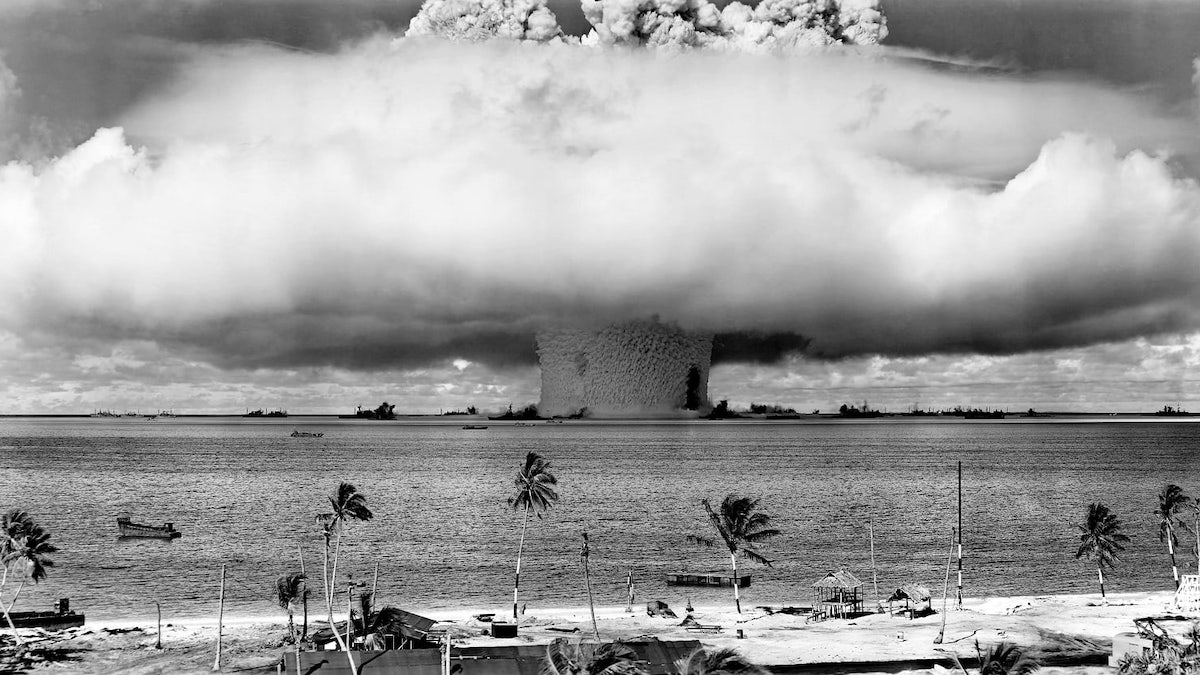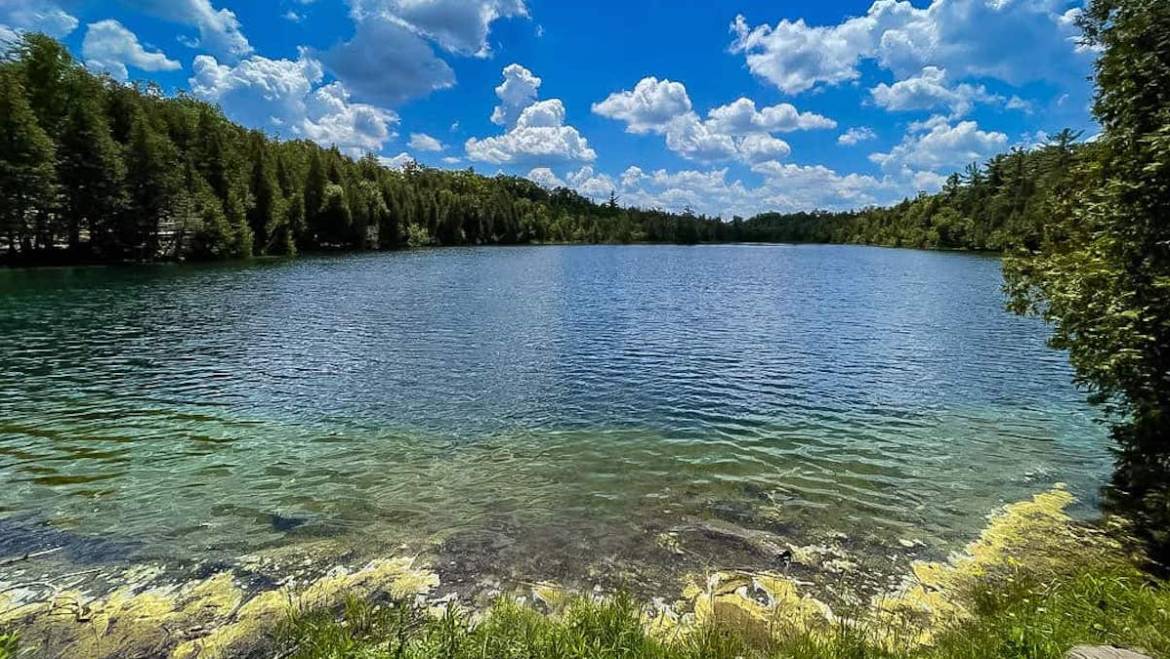The Anthropocene Epoch
What is the Anthropocene Epoch?
Derived from the Greek terms for ‘human’ and ‘new’, the Anthropocene is an unofficial unit of geological time used to describe the most recent period in Earth’s history, when the planet’s climate and ecosystems began to be impacted by human activity.
In 2000, the theory of the Anthropocene Epoch was first proposed at a science conference by the late Nobel Prize-winning chemist, Paul Crutzen, and has been a topic of debate by scientists and researchers worldwide ever since.
From climate change to wildlife extinction and wide-spread pollution, humans have undeniably made a colossal and irreversible impact on the plant – most notably since the middle of the twentieth century. And whilst there is substantial evidence across the world to illustrate the environmental consequences of fossil fuels, warfare, microplastics and pollution, scientists are proposing that it is a small lake in Canada that provides the most significant marker for this new historic measurement.
Experts have selected Crawford Lake near Ontario as a basis for their latest studies, because the effects of human activity on the earth’s soil, atmosphere and biology are clearly preserved in the layers of sediment found at the site. This sediment has been found to contain evidence of nuclear weapon use, ash from coal-fired power stations, heavy metals and microplastics.
Professor Francine McCarthy, a member of the Anthropocene Working Group (AWG) that has studied the lake said: “The bottom of the lake is completely isolated from the rest of the planet, except for what gently sinks to the bottom and accumulates in sediment.”
These new geological studies have demonstrated that the Anthropocene is clearly visible in the top sediment layer of the Earth’s surface, bringing scientists a step closer to officially confirming the 1950s as the start of this devastating new geological time period for our planet.
Why the 1950s?
Although human activity began to impact our environment and ecosystems much earlier than the middle of the twentieth century, with the advent of the agricultural and industrial revolutions, neither of these historic events occurred in every part of the world at the same time.

Scientists argue that the Anthropocene Epoch is clearly marked by the presence of plutonium in the soil (a radioactive element used in nuclear weapons), which would have occurred from the end of second world war onwards, during the era of the Atomic Bomb. The post-war period also hailed the start of a rapid increase in human-driven global, social, technological and environmental changes, known as the Great Acceleration, an era which marked a radical change in our relationship with the natural world around us.
Professor Colin Waters, Chair of the AWG, stated that: “The presence of the plutonium mark is a very useful tool to allow you to define the boundary. You also have all these other markers reflecting the big changes to the planet that happened in the great acceleration – increasing consumption of fossil fuels, the greater use of nitrogen fertilisers, the sort of increased trade globally that’s spreading species across the planet and homogenising the biota [plant and animal life] of the planet. All of these things change very rapidly at that point. That’s the critical thing about the Anthropocene.”
Officially, we are still living in the ‘Holocene’ (from the Greek ‘Holos’ meaning ‘whole’) Epoch, and era which began about 11,700 years ago after the last Ice Age. Scientists, however, are now discussing whether we have in fact transitioned into the Anthropocene Epoch, a term that hasn’t yet been formally adopted by the International Union of Geological Sciences.
Scientists who believe that the Anthropocene describes a new geological time period are also debating when it officially began. Back in 2016, the AWG agreed that the Anthropocene is different from the Holocene and that it began in the year 1950, with the Great Acceleration. Some researchers theorise that the Anthropocene began with the Industrial Revolution of the 1800’s, while others state that the testing and deployment of the first atomic bomb (1945) had a bigger impact on the planet – because the resulting radioactive particles are detected in soil layers and sediment all over the world.
“We talk about saving the planet for mankind. Shouldn’t we be talking about saving the planet from mankind?” Yan Vana
However, some scientists have questioned the need for a new epoch to define the ‘human age’ at all. Dr Alexander Farnsworth, a researcher in geological sciences at the University of Bristol, said: “We are but a ripple in the river of gene flow through time. Is the purpose to detect the human impact on the natural earth system if we were to go extinct? If another advanced civilisation were to evolve in 100 million years, could they tell such a spike was due to a previous advanced civilisation or would they simply interpret it as an interesting natural excursion without any other evidence of our existence?”
Official recognition?
Whether the Anthropocene becomes an officially recognised historic era or not, the fact that it is being debated by leading scientists across the globe clearly demonstrates two clear facts.
One: That the human population has grown to a size that has become unsustainable.
Two: That mankind’s catastrophic disregard for the health of our planet has changed it so dramatically, that recovery may no longer be possible.
“It’s quite clear that the scale of change has intensified unbelievably and that has to be human impact.” Colin Waters, Geologist and Chair of the AWG
Submitted by Friends of Retha
The Message is the ground-breaking new novel by Yan Vana, a thought-provoking and critically acclaimed debut that will change the way you think about overpopulation and the near future of earth.



Add Comment